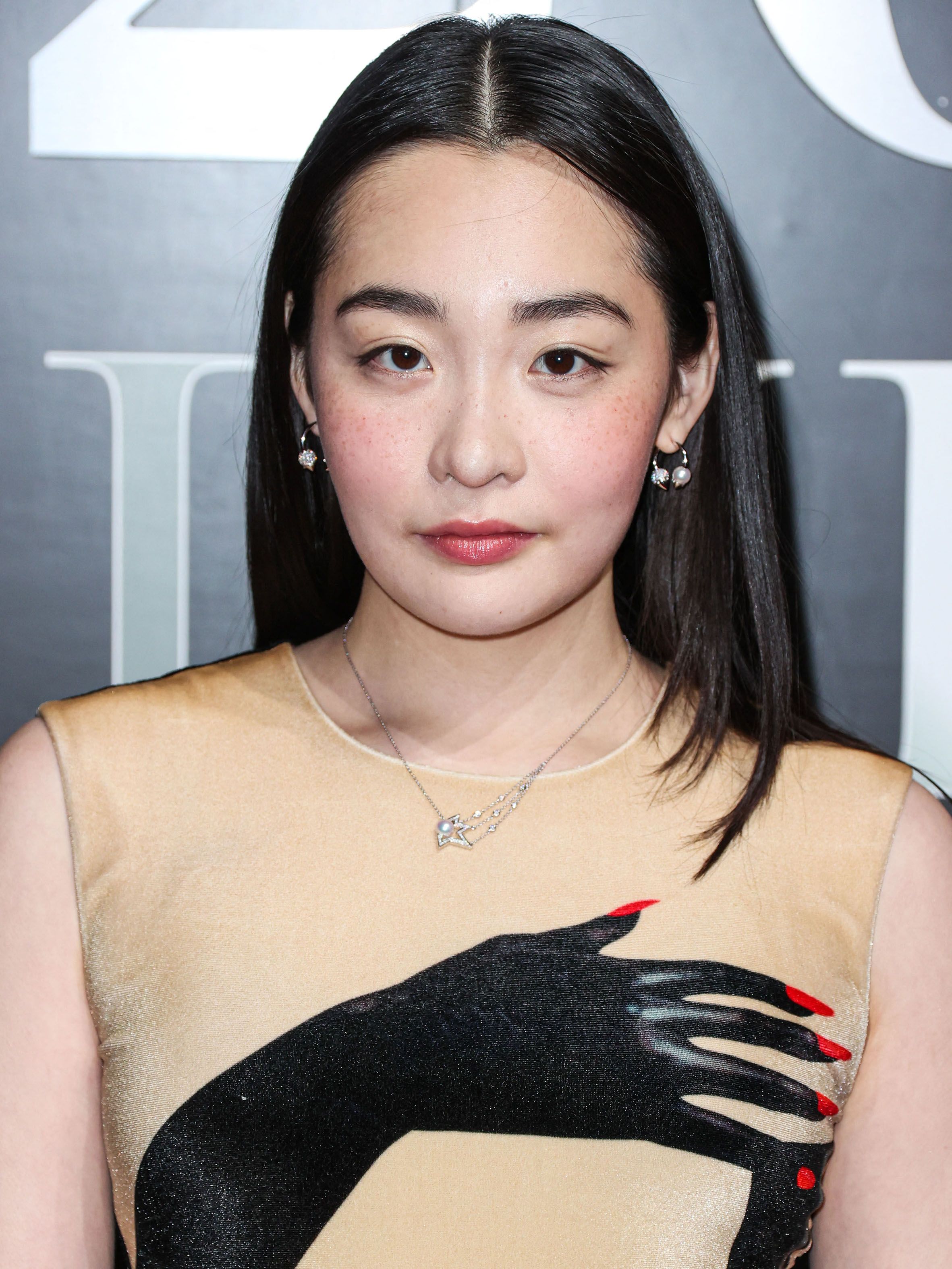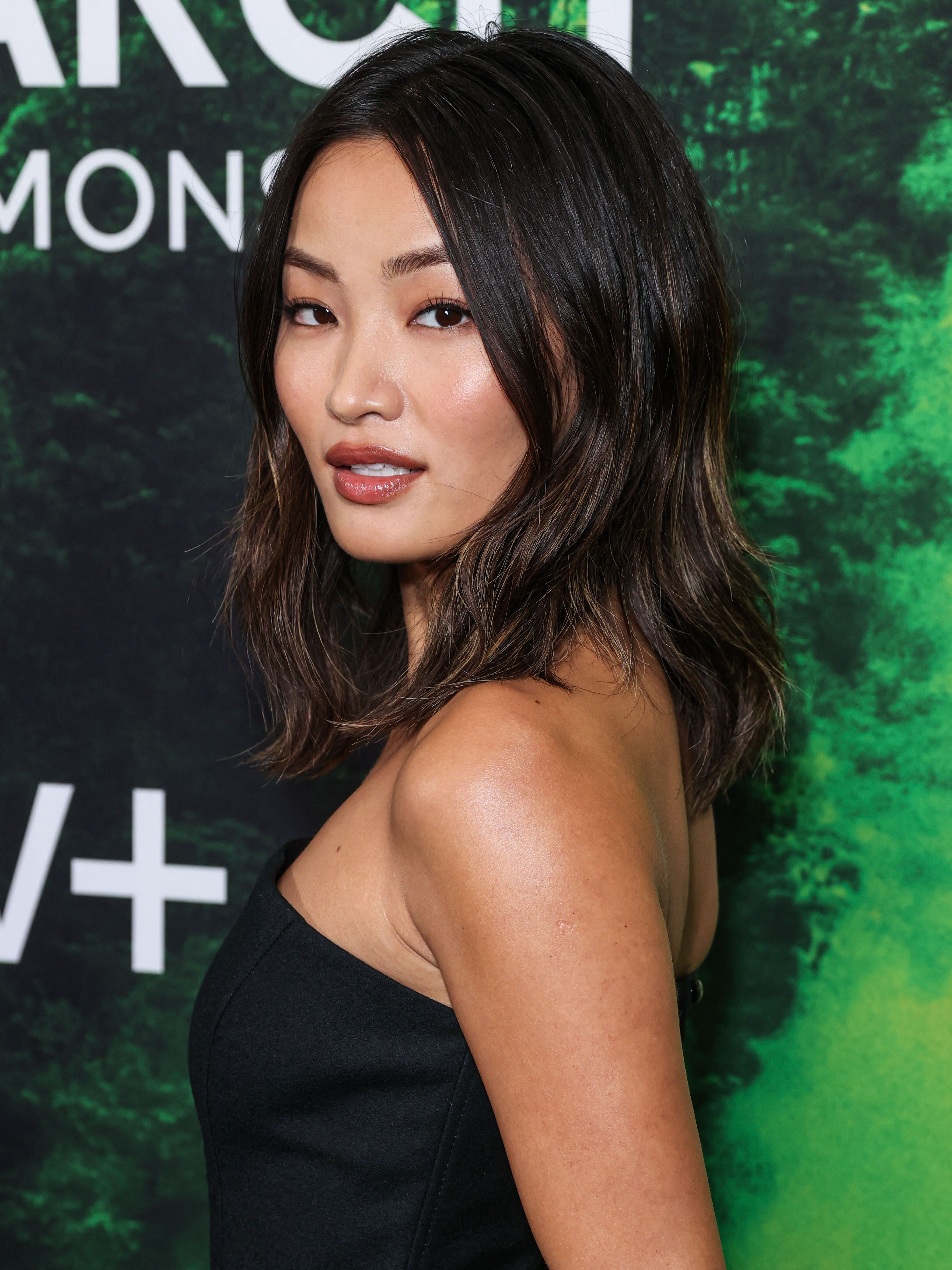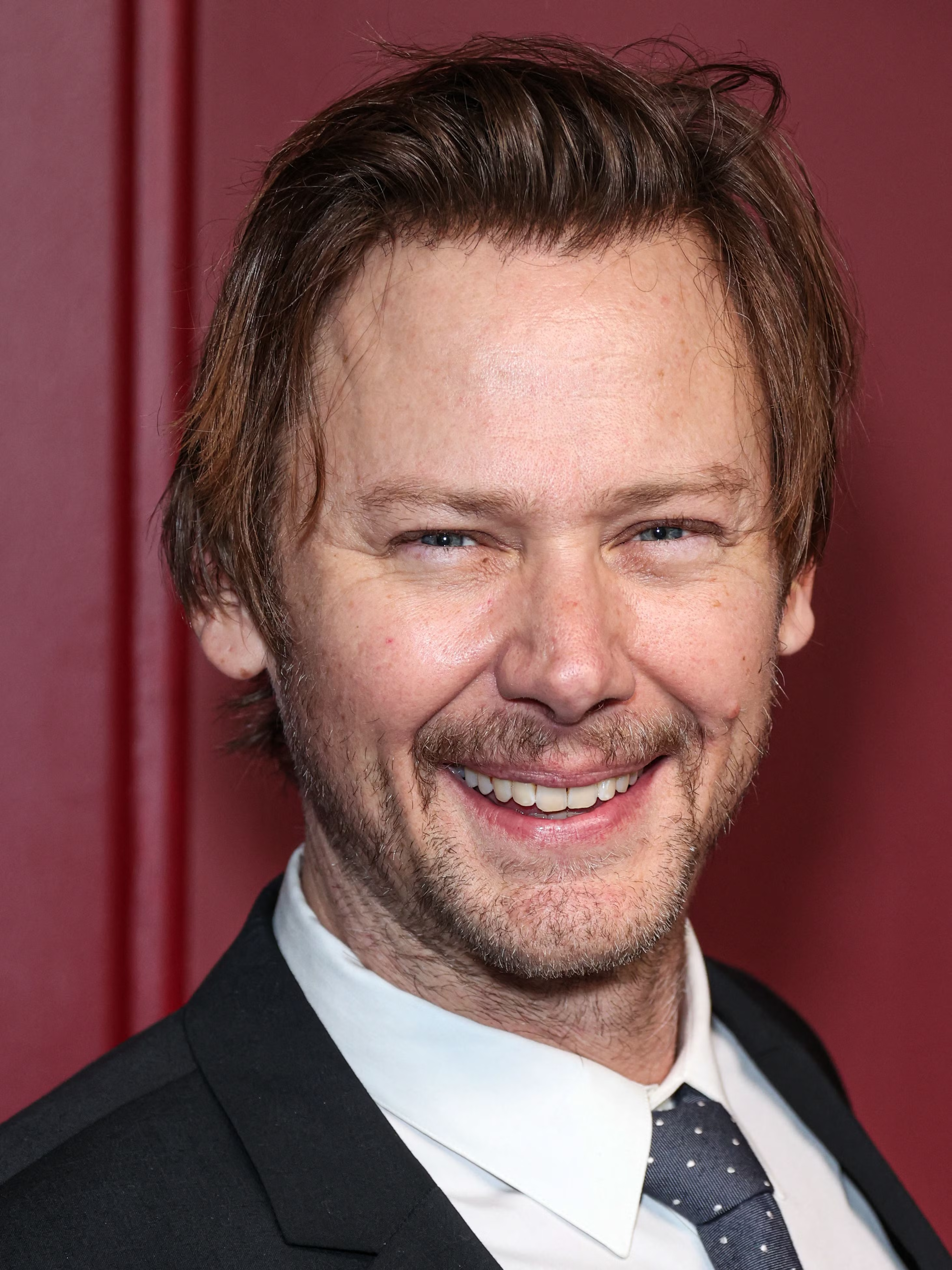For generations, Koreans took their tradition of wearing whitehanbokwith pride.
In the face of Japanese colonization, Koreans were made to reevaluate what wearing white clothes meant to them.
Known by foreigners for generations as the white-clad folk, the color white is deeply linked to Koreans.
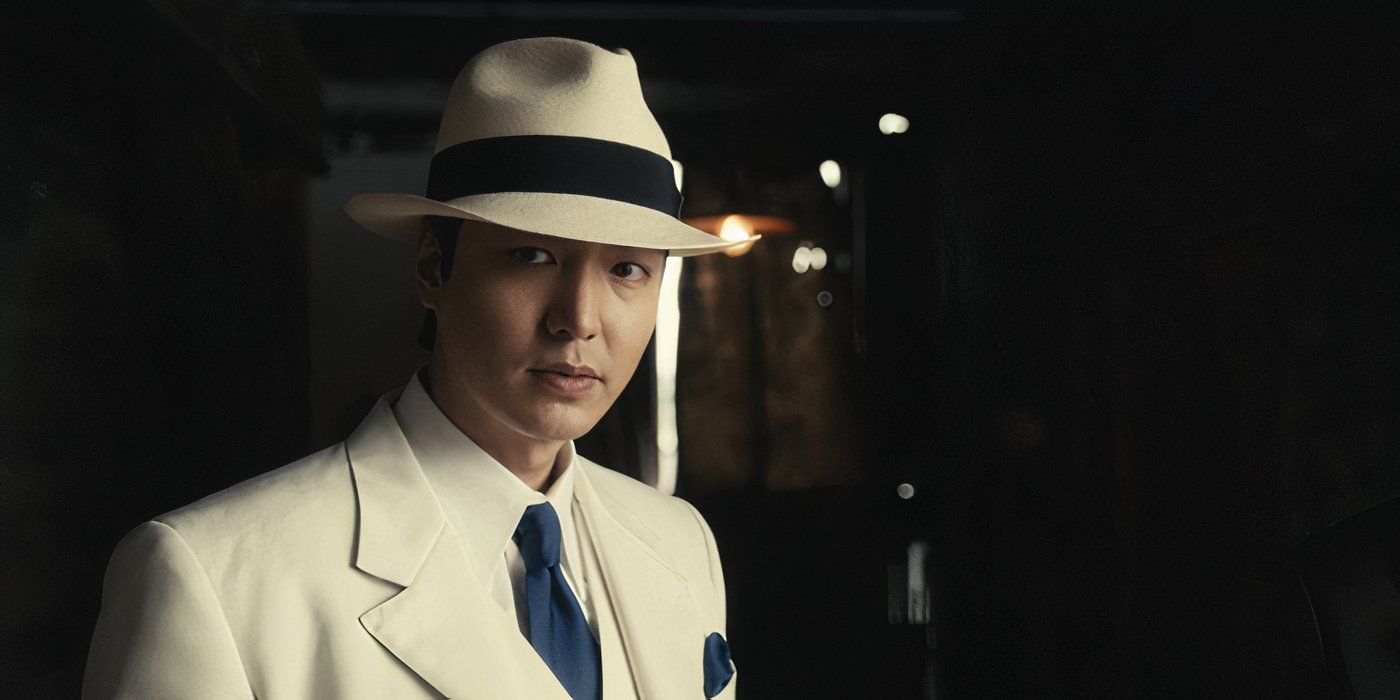
Image via Apple TV+
Some scholars have attributed Koreans affinity for white clothing to their faithfulness and religiousness.
One particular way that Japanese soldiers started reshaping Korean culture was by prohibiting them from wearing their whitehanbok.
The Japanese ban on wearing white was, without question, a direct means of diminishing the Korean spirit.
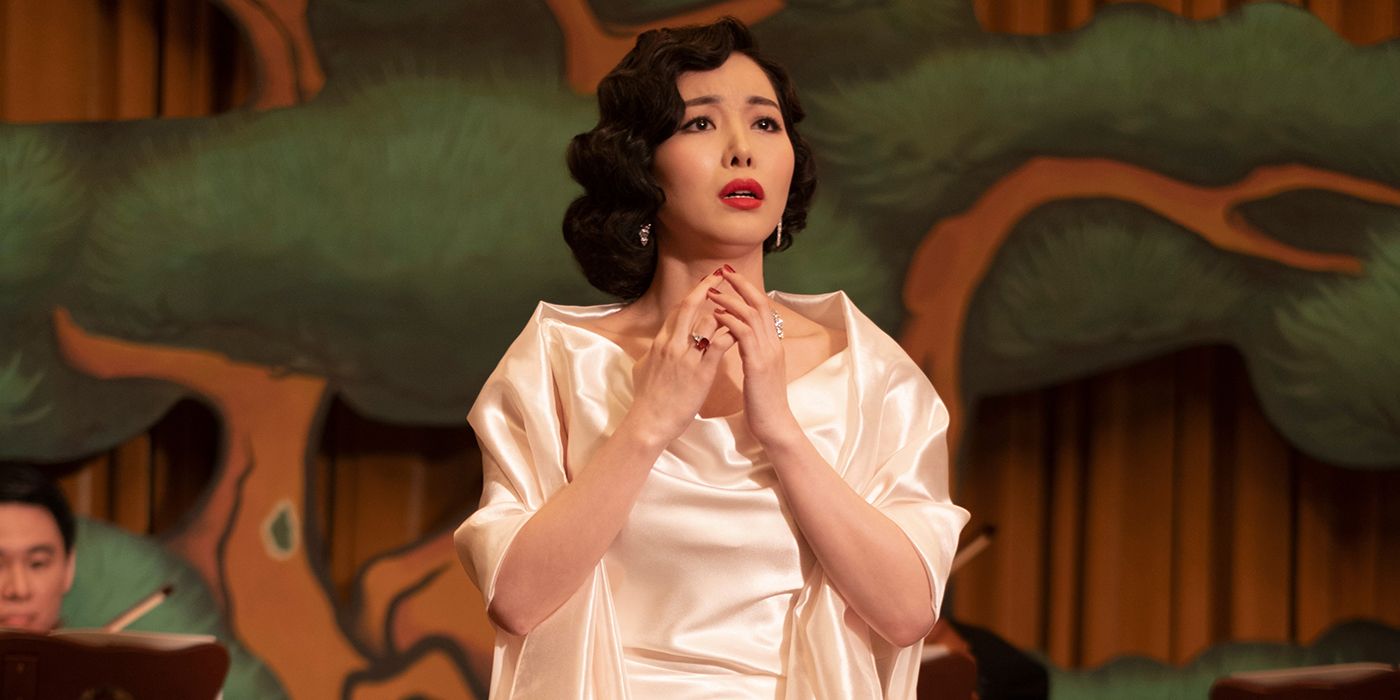
Image via Apple TV+
Did Japans Ban on Koreans Wearing White Work?
Kim Sunja and her family begin a new chapter of their lives in the Japanese countryside.
They ordered our [women] to stop wearing white.
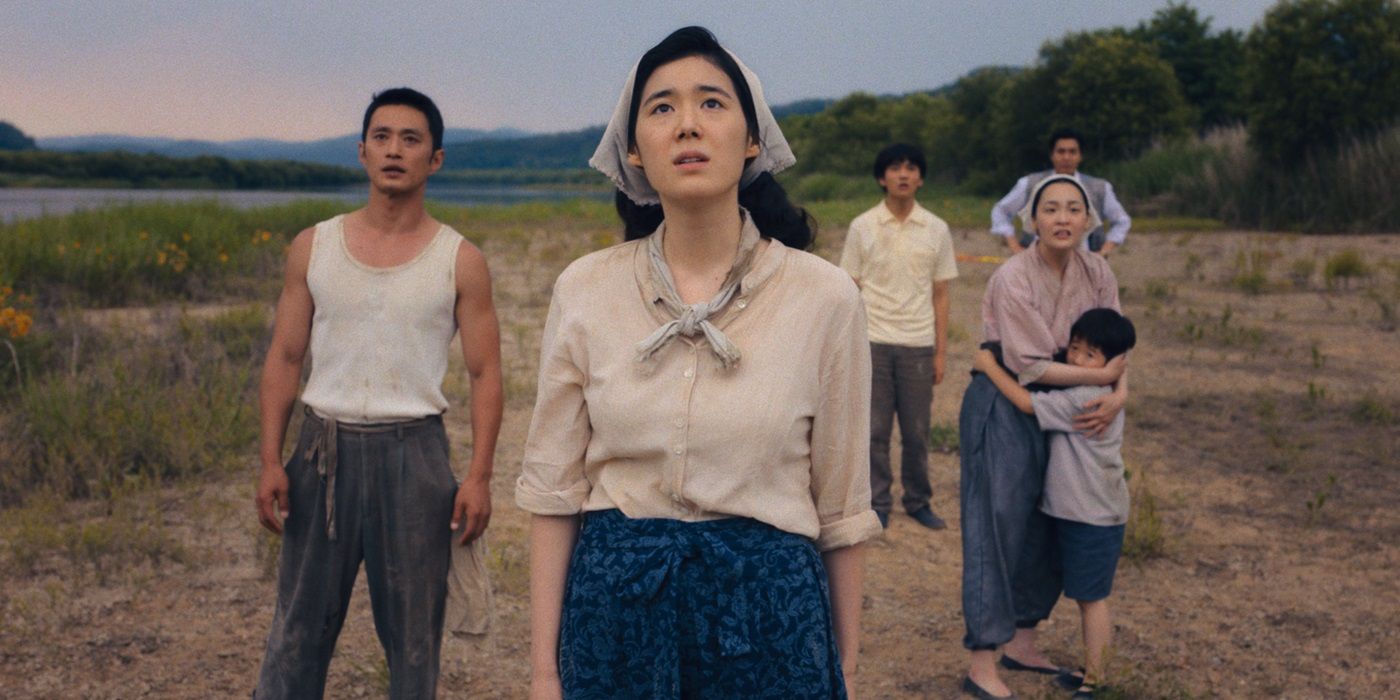
Hansu is a proud Korean man raised in Japan by a Korean father.
He reappears in Chapter Eightwearing the same luminous white suitto speak with his son.
Though the Japanese had attempted to destroy Korea, here he was to symbolize the life of his nation.
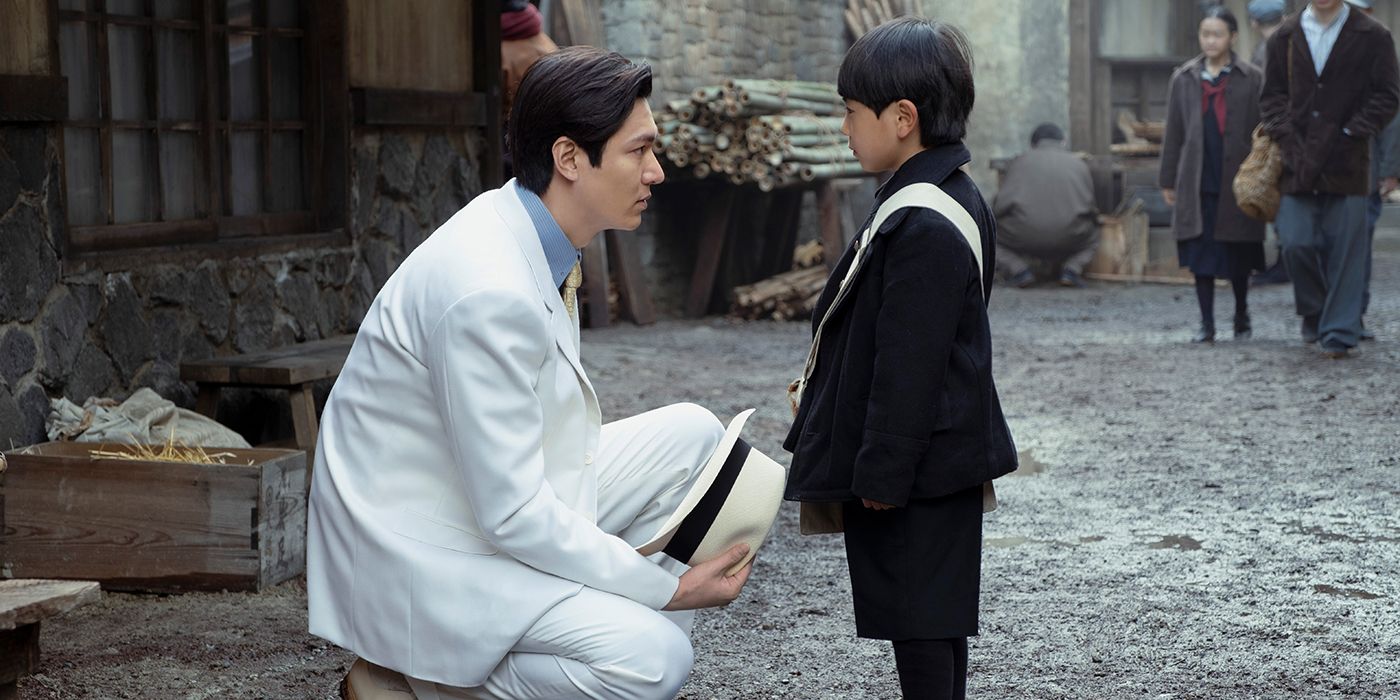
Image via Apple TV+
The trailer sees characters now in colored clothing as the story continues in the throes of World War II.
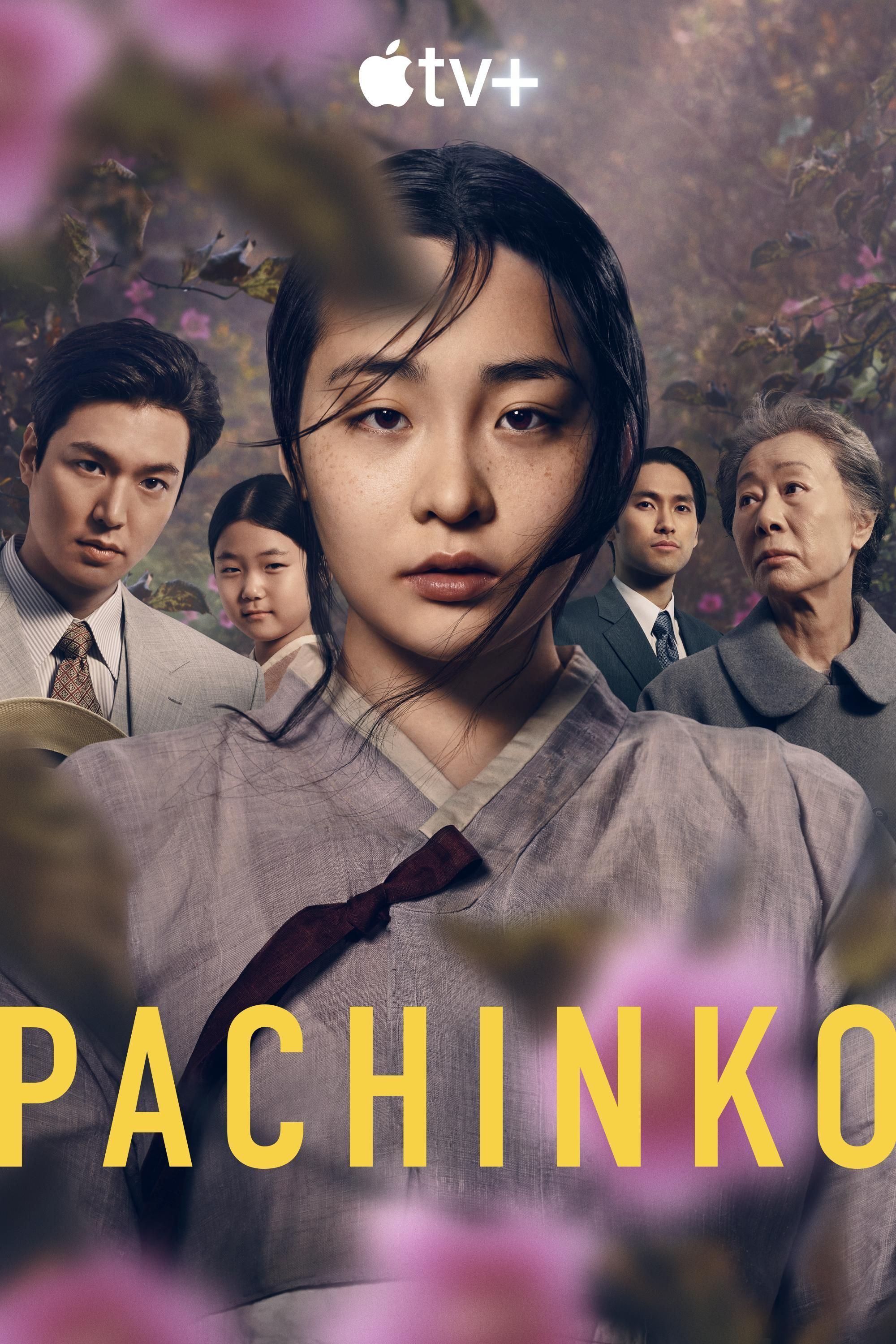
Based on the New York Times bestseller, this sweeping saga chronicles the hopes and dreams of a Korean immigrant family across four generations as they leave their homeland in an indomitable quest to survive and thrive.

